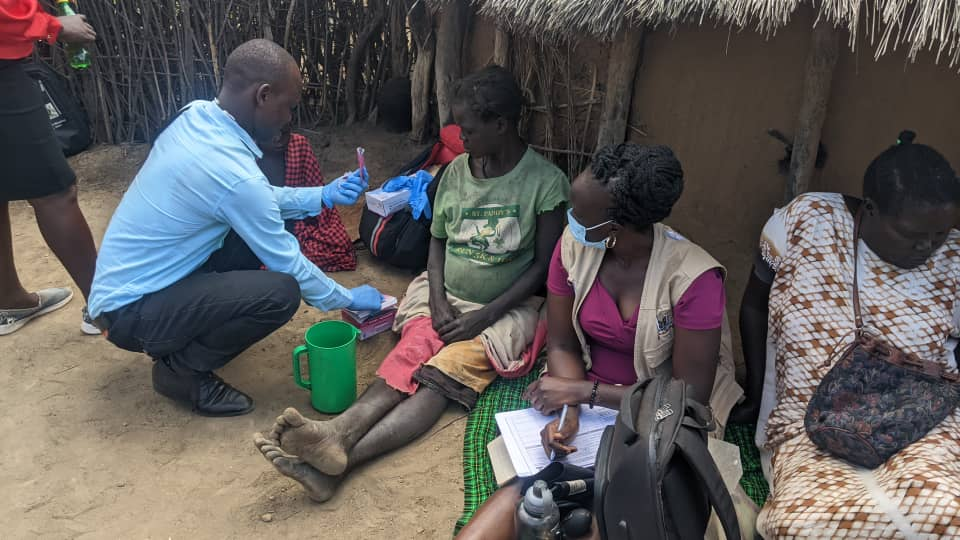1. Strengthening Health Systems: Anecca works to build resilient healthcare infrastructure that can withstand public health emergencies. The collaborative establishment of the EOC at Moroto Regional Referral Hospital enabled a centralized, coordinated response to health crises. Additionally, regular surveillance of diseases such as malaria and tuberculosis (TB) has been key to detecting trends and enabling prompt responses.
2. Emergency Response and Outbreak Management: Anecca has been actively involved in managing health emergencies, including the measles outbreaks in Nabilatuk, Amudat, and Napak districts, and the response to TB/HIV-related deaths.
3. Disease Surveillance and Early Detection: Effective disease surveillance is essential for early detection and timely intervention. Anecca has been pivotal in supporting surveillance activities, with recent reports indicating a 48% malaria positivity rate in Karamoja, down from earlier peaks. This surveillance network enables real-time reporting of diseases like malaria, measles, and TB.
4. Workforce Development and Capacity Building: Anecca continues to empower local healthcare workers through extensive training programs. In addition to conducting regular workshops on managing infectious diseases such as HIV and TB, Anecca trained over 500 health workers across nine districts in 2023. These training sessions focused on improving diagnostic skills, treatment protocols, and leadership during health emergencies.
5. Policy Advocacy and Research: Anecca advocates for health policy reforms that strengthen health system resilience. This includes the incorporation of infectious disease preparedness into Uganda’s National Health Security Strategy.
Through these integrated efforts, Anecca continues to enhance global health security by fostering stronger health systems, improving surveillance mechanisms, and ensuring rapid, coordinated responses to public health emergencies. Our work in the Karamoja region and beyond provides valuable lessons for building sustainable health systems capable of responding to current and future health threats.




